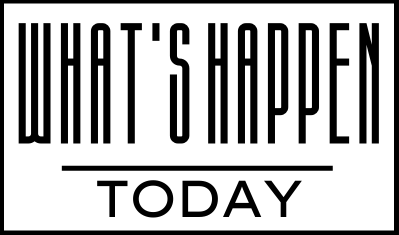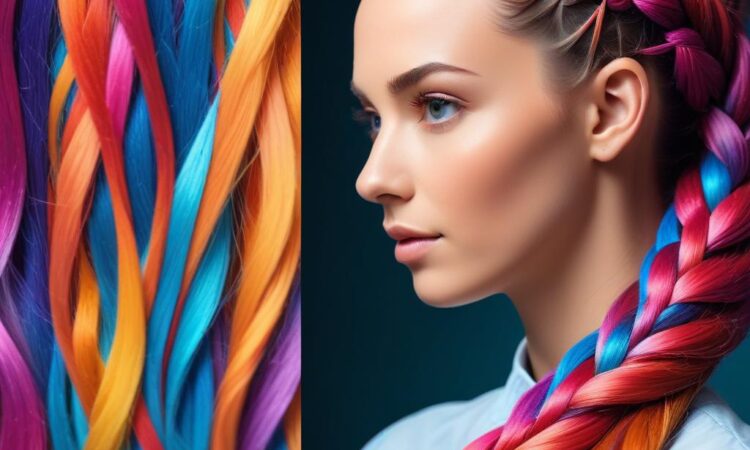Are My Braids Doing More Harm Than Good?
Okay, so we all love a good braid. Whether it’s intricate cornrows, chunky box braids, or those cute little French braids, protective styles are a lifesaver, especially for Black women. They’re stylish, they’re manageable, and they give our natural hair a much-needed break. But lately, there’s been a bit of a buzz – or should I say, a *braid* of concern – about the potential downsides of those gorgeous synthetic braids we all adore.
Research is starting to suggest that the synthetic hair used in many braiding styles might not be as harmless as we think. We’re talking about those vibrant colours, those incredibly long, flowing extensions…the stuff that makes our braids absolutely *pop*. The problem? Some of these synthetic materials might contain chemicals that could be irritating to our scalps or even worse, potentially harmful in the long run. Think about it: we’re putting this stuff directly on our skin for weeks, sometimes even months!
Now, before you panic and start untwisting everything, let’s unpack this a little. The research isn’t definitive yet, and it’s important to remember that correlation doesn’t equal causation. Just because someone experiences scalp irritation after getting braids doesn’t automatically mean it’s the synthetic hair. Other factors, like the tightness of the braids, the hygiene practices of the braider, or even underlying scalp conditions, could play a role.
However, the studies do raise some important questions. What *are* these synthetic hairs actually made of? Are there regulations in place to ensure they’re safe for prolonged contact with the skin? And most importantly, are we, as consumers, really informed enough to make the best choices for our hair health?
Many women I’ve spoken to feel like they’re caught in a bit of a bind. On one hand, braids offer a fantastic way to protect their hair from damage, style it in countless creative ways, and even express their personal style. On the other hand, the potential health risks, however uncertain, are a genuine concern. It’s a tricky balance.
The truth is, there’s no simple answer. More research is needed to fully understand the long-term effects of using synthetic hair in braiding styles. Until then, we can all take some proactive steps to minimize potential risks. Look for reputable braiders who prioritize hygiene and use high-quality, seemingly less processed synthetic hair. Make sure your braids aren’t too tight, which can lead to breakage and scalp irritation. And most importantly, listen to your body! If your scalp feels itchy, irritated, or painful, it’s time to take them out.
The conversation around synthetic hair and braiding is definitely ongoing, and it’s a conversation we all need to be a part of. Sharing experiences, asking questions, and demanding transparency from manufacturers and braiders is key to ensuring that our love for braided styles doesn’t come at the cost of our health.
It’s all about finding that sweet spot between looking amazing and keeping our hair and scalp healthy. Maybe that means opting for natural hair extensions more often, perhaps experimenting with different braiding techniques, or simply being more mindful of the materials we use and the care we take of our braids. Ultimately, the best approach is an informed one. Let’s keep the conversation going, so we can continue rocking our braids safely and stylishly.
This isn’t a call to abandon braids entirely – far from it! It’s a call for informed choices and a reminder that our hair deserves the best care possible. Whether you’re a seasoned braider or a curious newcomer, understanding the potential issues and taking preventative measures is crucial. Let’s keep that beautiful hair healthy!
So, what are your thoughts? Have you had any experiences with scalp irritation or other issues related to synthetic hair? Share your thoughts and experiences in the comments below – let’s learn from each other!
We’ll continue to update this post with the latest findings as research evolves. Stay tuned!

